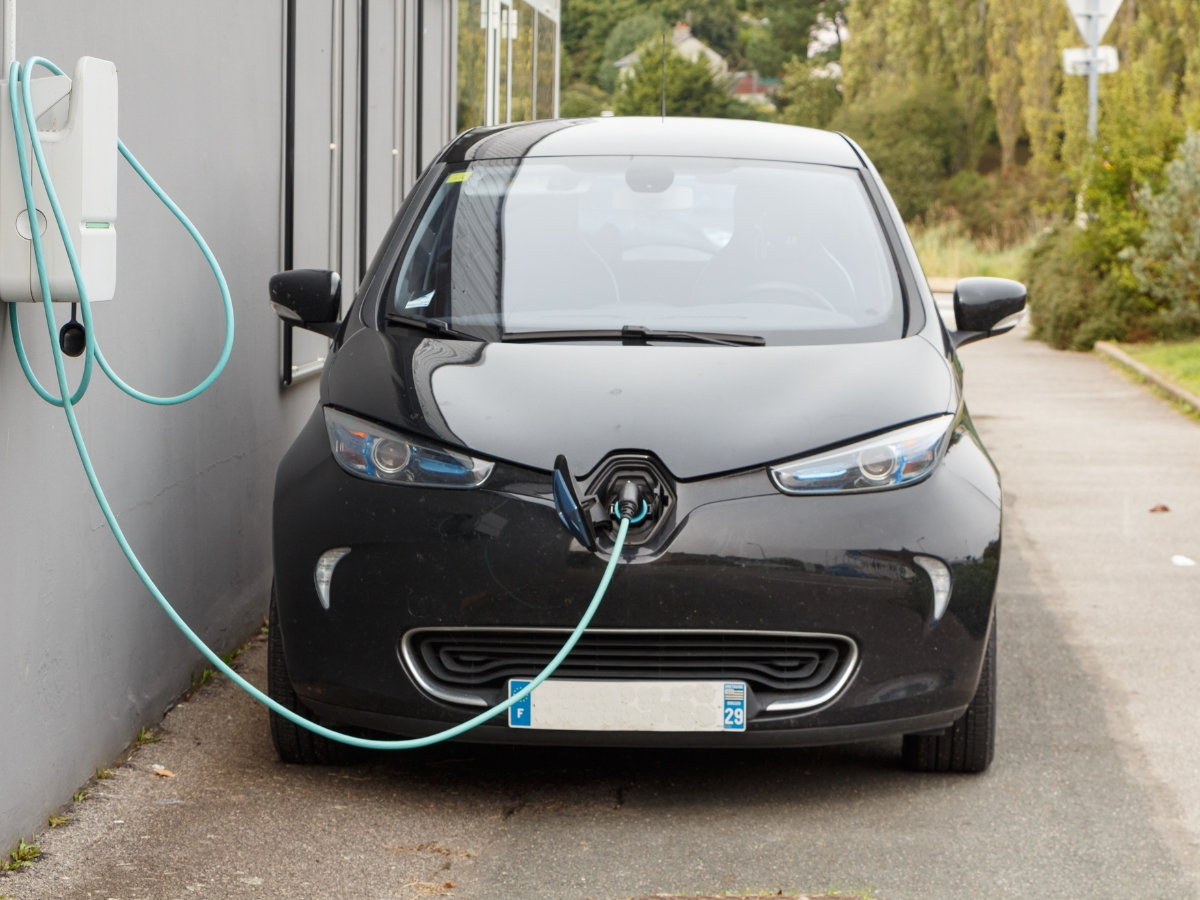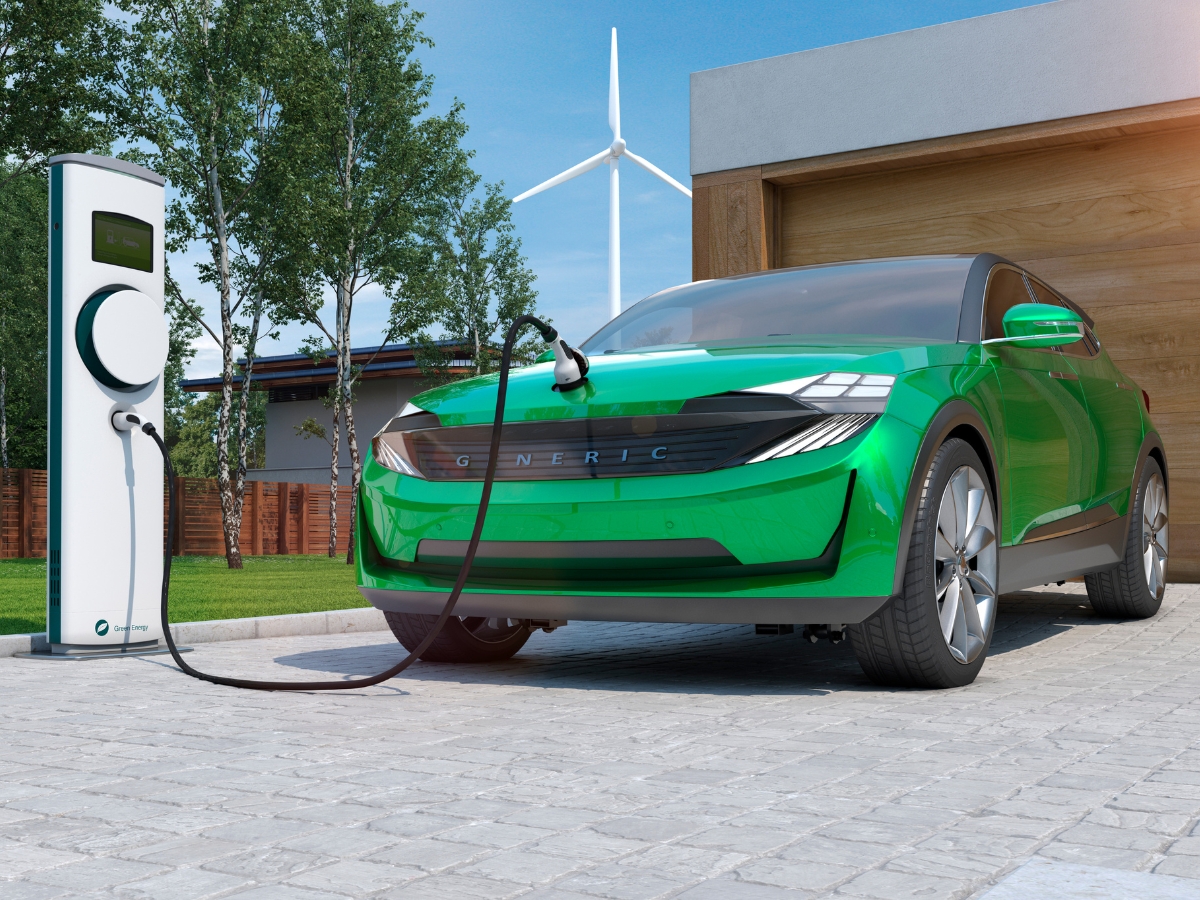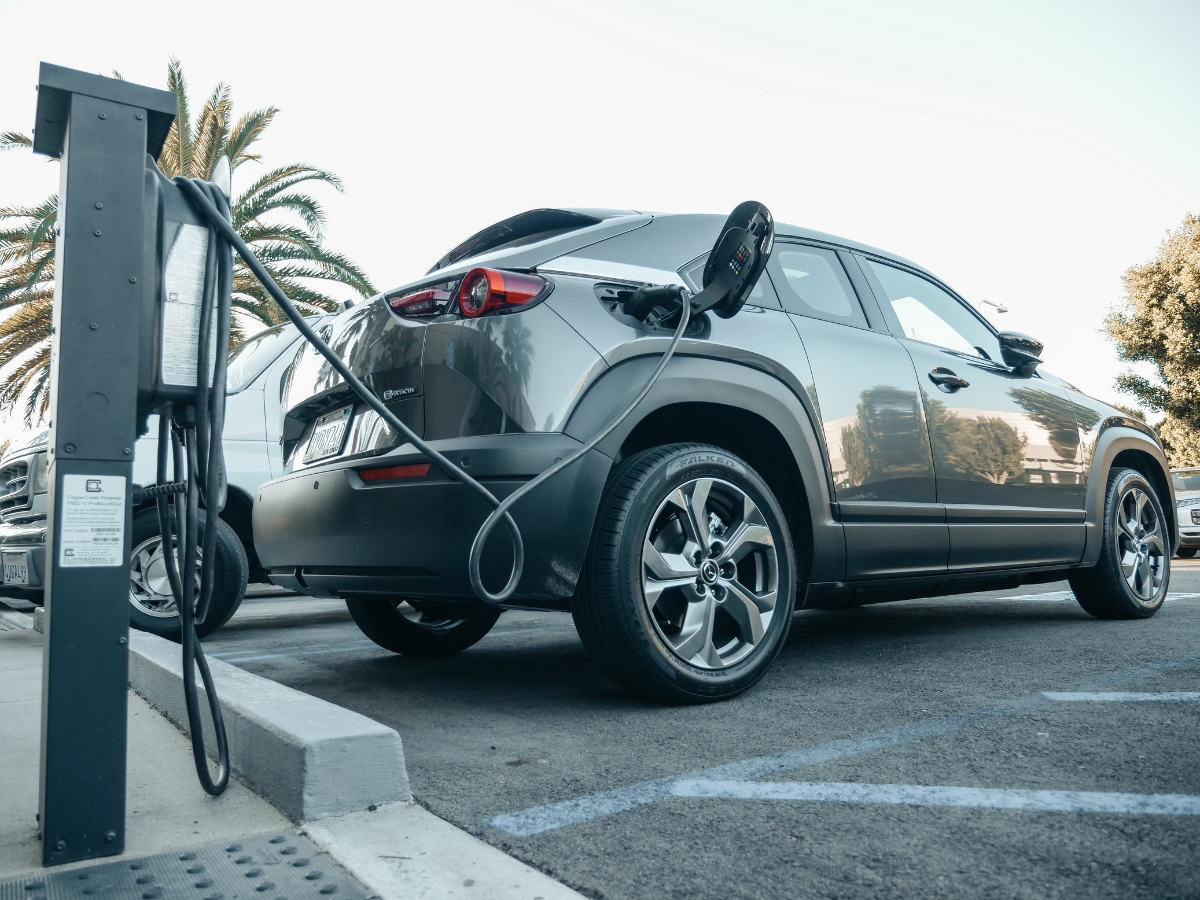With the continuous growth of the electric vehicle (EV) market, proper disposal and recycling of their batteries have become crucial aspects to consider. As electric cars gain popularity, the need for sustainable and eco-friendly methods to handle end-of-life batteries is essential in preventing hazardous waste accumulation and environmental impact. These advanced batteries contain valuable materials that can be recovered and repurposed, which further necessitates the development of effective recycling processes.
There are several methods to dispose of and recycle batteries from electric cars, such as recycling, reusing, and repurposing. The recycling process involves breaking down used batteries, extracting functional elements like lithium, nickel, and cobalt, and then refining these materials to be reused to produce new batteries.
Simultaneously, the industry and governments are working to establish standards and initiatives that promote safe and ethical handling, sourcing, and disposal of EV batteries.
Key Takeaways
- Disposing EV batteries involves recycling, reusing, and repurposing to minimize environmental impact
- The extraction of valuable materials like lithium, nickel, and cobalt is a key part of the recycling process
- Collaboration between the industry and governments is essential for setting safe and ethical battery handling standards
- Battery Types and Materials

Lithium-Ion Batteries
Lithium-ion batteries are the most common type in electric vehicles (EVs). These batteries consist of a cathode made from a combination of lithium, nickel, manganese, and cobalt (also known as NMC) or lithium, nickel, and aluminum (known as NCA). The anode is typically made of graphite. Lithium-ion cells are favored for their energy density, efficiency, and long lifespan.
Nickel-Based Batteries
Nickel-based batteries, such as nickel-metal hydride (NiMH) and nickel-iron (NiFe) batteries, are another type of battery used in some electric vehicles. These batteries use a cathode made from nickel and a metal alloy or iron, while an anode is usually made from a nickel-based material. While nickel-based batteries offer good performance and have been used in hybrid vehicles, they are generally heavier and have a lower energy density compared to lithium-ion batteries.
Other Battery Types
Other battery types used in electric vehicles include lithium iron phosphate (LiFePO4 or LFP) batteries, which offer increased safety, longer life, and good power delivery. These batteries use a lithium iron phosphate cathode and a graphite anode. Additionally, some older electric vehicles might still have lead-acid batteries, though modern EVs tend to avoid them due to their weight, lower energy density, and shorter lifespan.
When disposing of these batteries, it’s essential to consider the various materials used, such as lithium, nickel, iron, cobalt, manganese, copper, aluminum, and lead. Recycling methods may vary depending on the battery type and the components involved. Proper disposal and recycling of electric car batteries help reduce the environmental impact and support the reuse of valuable materials.
Environmental Impact and Concerns
Mining Process
The production of electric vehicle (EV) batteries requires the extraction of critical materials like lithium, cobalt, and nickel, which can result in environmental concerns. The mining process extensively uses water resources, leading to threats to local water supplies and ecosystems. Moreover, the extraction of these critical minerals has potential negative impacts on surrounding environments and communities, stimulating the need for responsible sourcing and sustainable practices.
Emissions and Greenhouse Gases
Although electric vehicles themselves are a greener alternative, the production and disposal of their batteries still contribute to greenhouse gas emissions. Electric vehicles are critical to reducing transportation pollution, but significantly increasing battery production can cause additional emissions. It is important to consider the entire life cycle of an EV battery, from manufacturing to disposal, in order to accurately assess the overall environmental impact.
E-Waste
One of the main concerns surrounding EV batteries is handling the disposal and recycling of these large, hazardous battery packs when they reach their end-of-life. Recycling lithium-ion batteries from electric vehicles is essential to mitigate the amount of e-waste being produced and maximize the use of valuable materials. Urban mining, the process of recovering valuable metals from e-waste, can help in reducing the demand for new raw material extraction. Proper handling and recycling of battery materials are imperative in ensuring that these hazardous materials do not end up in landfills, contaminating groundwater and soil.
Recycling Process of EV Batteries
Electric vehicle (EV) batteries, after reaching the end of their life, go through a recycling process to recover valuable materials and minimize environmental impact. This process can be broadly divided into three sub-sections: Dismantling and Sorting, Chemical Treatment, and Recovery of Valuable Metals.
Dismantling and Sorting
The first step in the recycling process involves dismantling the used battery packs and sorting the individual cells and modules. This is crucial because different components within the battery pack require different recycling methods. During this stage, the battery pack is carefully disassembled to prevent damage to the cells and modules, which can be potentially repurposed or recycled for a second life.
Chemical Treatment
Once the cells and modules are sorted, they undergo chemical treatment to separate the cathode and anode materials. This involves processes such as leaching, which uses chemicals or solvents to dissolve the unwanted materials, leaving the valuable metals behind. This step is essential for extracting valuable elements from the battery cells, such as lithium, nickel, cobalt, and manganese, which are later used in the production of new batteries. Adequate safety measures are taken in recycling facilities to minimize any environmental risks associated with chemical treatments.
Recovery of Valuable Metals
The final stage of the recycling process focuses on the recovery of valuable metals from the treated materials. Various methods are employed for this purpose, such as pyrometallurgical and hydrometallurgical processes. Pyrometallurgical methods involve high-temperature treatments to extract metals, while hydrometallurgical methods use aqueous solutions to separate and recover the metals.
The recovered metals can then be reused in the production of new batteries or other applications, ensuring that valuable resources are not wasted. By creating a closed-loop recycling system, the environmental impact is minimized, and the demand for new raw materials is reduced, contributing to the overall sustainability of the electric vehicle industry.
In summary, the recycling process of EV batteries involves dismantling and sorting the battery components, chemical treatment of cells and modules, and recovery of valuable metals. By following this process, the material from used batteries can be repurposed or recycled into new applications, minimizing environmental impact and promoting a circular economy in the EV industry.

Reusing and Repurposing EV Batteries
Second-Life Applications
When electric vehicle (EV) batteries reach the end of their life in vehicles, they often still have a significant amount of capacity left. This remaining capacity can be repurposed for other applications, extending the overall life of the battery. The process involves safely removing the battery from the vehicle, testing its remaining capacity, and determining its suitability for various second-life applications. Some common second-life applications for EV batteries include stationary energy storage systems, solar energy storage, and backup power systems. These applications offer a sustainable and economically viable option for retired EV batteries, reducing waste and supporting the transition to renewable energy sources.
Power Storage and Grid Solutions
Repurposed EV batteries can contribute significantly to power storage and grid solutions. One possibility is using them as large-scale energy storage systems, which help balance electricity supply and demand on a broader scale. By integrating used EV batteries into the grid, utility companies can better manage fluctuations in electricity generation and consumption, improving overall grid stability.
In addition to grid-scale energy storage, retired EV batteries can also be used in smaller applications, such as residential and commercial energy storage systems. Homeowners and businesses can benefit from these systems by storing solar energy generated during the day for later use, reducing reliance on grid electricity. This supports a more decentralized energy system and aids in the adoption of intermittent renewable energy sources like solar and wind.
Overall, reusing and repurposing EV batteries not only extends their useful life but also makes a valuable contribution to energy storage and grid solutions. This approach promotes a circular economy, reduces waste, and supports the integration of renewable energy technologies into our daily lives.
Industry and Government Initiatives
Automaker Recycling Programs
Several automakers, such as Nissan, Tesla, Ford, and Volkswagen, have established their own recycling programs for electric vehicle (EV) batteries. For example, Nissan focuses on reusing and recycling EV battery materials, while Tesla recycles battery materials at its Nevada Gigafactory through a partnership with Urban Mining.
Automakers are also collaborating to address the increasing demand for batteries and the need for sustainable battery disposal methods. These joint efforts aim to promote circular economy principles throughout the EV market, fostering the development of innovative recycling technologies and solutions.
Government Policies and Regulations
Governments worldwide, such as the European Union (EU), are implementing policies and regulations to support responsible battery disposal and recycling. The EU has developed guidelines and regulations to ensure the safe manufacturing, use, and disposal of batteries and reduce their environmental impact. In the United States, the Department of Energy (DOE) is playing a key role in fostering collaboration between the public and private sectors to advance energy storage technologies and battery recycling initiatives.
Moreover, governments are promoting the establishment of EV charging infrastructure and the adoption of emission reduction targets, which are essential to support the growth of the EV market. By implementing these policies and regulations, industry stakeholders and governmental entities can contribute to a greener future and reduce the environmental impact of discarded batteries.
In conclusion, both automakers and governments are engaged in various initiatives to promote responsible battery disposal and recycling practices, ensuring the environmental sustainability of the rapidly growing EV market.

Sourcing and Ethical Considerations
Human Rights Issues in Mining
One of the significant concerns in electric vehicle (EV) battery production is the extraction of crucial materials like cobalt. Mining in the Democratic Republic of Congo, which produces over 60% of the world’s cobalt, has been associated with human rights abuses, including child labor and forced labor. This situation has called for battery manufacturers and automakers to adopt ethical sourcing policies to ensure that their batteries do not contribute to these human rights violations.
Sustainable Materials and Alternatives
As the demand for EV batteries grows, it is essential to explore sustainable materials and alternatives to reduce the environmental and human impact. Researchers and companies are looking into ways to develop battery technology that minimizes the use of critical materials like cobalt while maintaining price and performance requirements. For instance, Elon Musk has announced plans for cobalt-free batteries in Tesla’s future products. Additionally, the industry is moving towards greater battery recycling, such as Redwood Materials, to recover valuable materials from end-of-life batteries and create a circular supply chain.
In conclusion, ethical considerations in EV battery sourcing and production are crucial to ensure a sustainable and responsible transition to electric mobility. By addressing human rights issues in mining and promoting sustainable materials and alternatives, the industry can make significant strides towards a greener and more ethical future.
Recycling Companies and Innovations
In recent years, recycling companies have been working on innovative solutions to safely and efficiently dispose of electric vehicle (EV) batteries. This task is essential, considering the increasing adoption of EVs worldwide. This section will discuss large EV battery recyclers and emerging recycling technologies.
Large EV Battery Recyclers
Some prominent recycling companies have established themselves in the industry, focusing on the disposal of large EV batteries. Redwood Materials and Veolia are examples of renowned recyclers that prioritize safe disposal and recycling of these batteries. Additionally, Ascend Elements and RELiB are working towards similar goals, helping reduce the environmental impact of EV battery disposal.
These companies implement recycling processes that aim to recover and reuse valuable materials like cobalt, lithium, and nickel from the batteries, decreasing the demand for new raw materials and lessening the environmental consequences tied to mining these resources.
Emerging Recycling Technologies
As the EV industry expands, emerging technologies are also being developed to improve current battery recycling methods. The Faraday Institution is researching ways to enhance the recycling process through innovative solutions. Their studies focus on maximizing the efficiency of recycling while minimizing potential harm to the environment.
New recycling techniques, such as those involving hydraulic shearing and cryogenic freezing, are being studied to efficiently shred batteries into smaller pieces. This process can lead to higher recovery rates of crucial metals, resulting in a more environmentally friendly approach.
In conclusion, advancements in EV battery recycling are emerging to tackle the growing need for efficient disposal solutions. Companies like Redwood Materials, Veolia, Ascend Elements, and RELiB are paving the way, while institutions like the Faraday Institution and Earth911 remain committed to researching and developing innovative recycling technologies for a cleaner, greener future.

Handling and Disposal of EV Batteries
Consumer Responsibilities
As electric vehicles increase in popularity, there comes a responsibility for consumers to properly dispose of their batteries. These batteries are not meant to be simply thrown away in the trash, as they can pose environmental hazards and the risk of fires if not handled correctly. A proper method of disposal is to take used electric vehicle batteries to approved recycling centers or collection points, which can handle and process hazardous materials contained in these batteries.
It is essential to check local regulations and laws regarding the disposal of lithium-ion, lead-acid, and alkaline batteries, as they may vary across regions. By following these guidelines, consumers can help reduce the risks associated with improper disposal and minimize their environmental impact.
Safe Handling and Precautions
When handling electric vehicle batteries, ensuring safety is a priority. To minimize risks, certain precautions should be taken to avoid any potential hazards. Some recommended safety measures for handling used EV batteries include:
- Placing each battery or device containing a battery in a separate plastic bag, to avoid any chance of a short circuit.
- Applying non-conductive tape (e.g., electrical tape) over the battery terminals, to prevent contact with metal objects or surfaces.
- In case a battery is damaged, it’s crucial to contact the battery or device manufacturer immediately to receive specific handling information and advice.
Being aware of these guidelines and following them diligently helps to protect everyone involved in the recycling or disposal process, reducing the likelihood of accidents and fires. By disposing of EV batteries correctly, consumers can contribute to a sustainable future and responsibly manage the lifecycle of their electric vehicles.
Conclusion and Outlook
The growth of electric cars has raised concerns about the future disposal of batteries. As these vehicles become more prevalent, it is essential to implement sustainable methods for handling electric car batteries.
One approach is to repurpose batteries for secondary uses, such as energy storage systems. This not only extends their useful life but also contributes to the stabilization of power grids. Recycling is another crucial component. Specialist firms dismantle battery packs and extract valuable materials to be reused in the manufacturing process. This method helps to reduce the demand for raw materials and minimizes the environmental impact of battery production.
The industry could also benefit from transitioning to low-cobalt cathode formulations and adopting methods that enhance material recovery. Additionally, research and development will play a crucial role in improving battery design and longevity, further reducing waste.
Efforts to address the environmental impact associated with electric car batteries must continue to evolve. As adoption of electric vehicles grows, the importance of sustainable battery disposal practices and the development of innovative recycling technologies will be paramount for ensuring a greener future.
Frequently Asked Questions
What is the process of electric car battery disposal?
Electric car batteries, specifically lithium-ion batteries, are sent to recycling facilities where they undergo a process that involves dismantling, separating the components, and extracting valuable metals. Some methods include mechanical processes, pyrometallurgical processes, and hydrometallurgical processes, as explained by Car and Driver.
What are the environmental impacts of disposing electric car batteries?
Proper disposal and recycling of electric car batteries can minimize the environmental impacts. By recycling lithium-ion batteries, valuable materials such as lithium, cobalt, and nickel can be reused, reducing the demand for new mining resources. However, if batteries are improperly disposed of, they can pose risks to the environment, including soil and water contamination from hazardous materials found in batteries.
What is the cost associated with disposing batteries from electric cars?
The cost of disposing electric car batteries varies depending on factors such as the recycling process employed and the size of the battery. While there is not a specific price range provided, battery recycling costs are offset by the value of materials recovered from the process, lessening the overall cost impact.
Which companies are involved in recycling electric car batteries?
Several specialist firms and recycling companies are involved in recycling electric car batteries. Established companies like Umicore and newer entrants such as Li-Cycle Corporation and Northvolt are leading the way in battery recycling, as described by Driving Electric.
Are electric car batteries classified as hazardous waste?
Yes, lithium-ion batteries used in electric cars are classified as hazardous waste due to the presence of flammable electrolytes and toxic heavy metals. Proper disposal and recycling are necessary to prevent harm to the environment and human health.
What is the recycling rate for batteries from electric vehicles?
Current recycling rates for electric car batteries are variable depending on the region and infrastructure. However, as electric vehicle adoption increases, recycling infrastructure is expected to improve, leading to higher recycling rates. It is crucial for governments and industries to invest in efficient electric car battery recycling systems to manage the growing number of end-of-life batteries.




